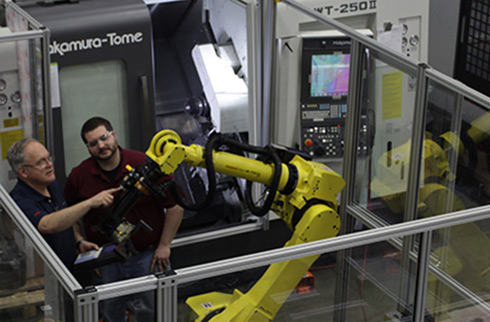The Importance of Proper Installation and Maintenance for Air Conditioning Pipes and Systems
The Importance of Air Con Pipes in HVAC Systems
In today's modern world, comfort is a priority, particularly in residential and commercial spaces. Heating, ventilation, and air conditioning (HVAC) systems play a crucial role in maintaining indoor climates. One of the essential components of these systems is the air conditioning (AC) piping, commonly referred to as air con pipes. These pipes are vital for the efficient operation of AC units, and their importance cannot be overstated.
Understanding Air Con Pipes
Air con pipes are responsible for transporting refrigerant between the indoor and outdoor units of an air conditioning system. The two main types of pipes used in HVAC systems are the liquid line and the suction line. The liquid line carries refrigerant in its high-pressure liquid state from the condenser to the evaporator, while the suction line returns the low-pressure vapor refrigerant to the compressor. This cycle is essential for cooling indoor spaces effectively.
Material and Design
Air con pipes are typically made from copper, due to its excellent thermal conductivity and durability. Copper pipes can withstand high pressures and temperatures, making them ideal for HVAC applications. In recent years, however, alternative materials like aluminum and even advanced polymers have gained popularity due to their lower cost and lightweight properties. Additionally, proper insulation around the pipes is essential to prevent energy loss and condensation, which can cause water damage and reduce efficiency.
Efficiency and Performance
The efficiency of an air conditioning system is significantly influenced by the design and installation of air con pipes. Properly sized pipes are crucial; undersized pipes can restrict refrigerant flow, leading to reduced cooling performance and increased energy consumption. Conversely, oversized pipes can result in inefficient refrigerant distribution, adversely affecting system performance. It is essential to follow manufacturer specifications and industry standards when selecting and installing these pipes.
air con pipe

Maintenance and Troubleshooting
Regular maintenance of air con pipes is vital for the longevity and efficiency of HVAC systems. This includes checking for leaks, which can occur due to corrosion, poor installation, or physical damage. Leaky pipes diminish the amount of refrigerant in the system, which can lead to decreased cooling capacity and increased energy costs. Additionally, maintaining proper insulation around the pipes helps prevent condensation and ensures that the system operates efficiently.
Another aspect of maintenance involves cleaning the pipes and ensuring they are free from blockages that could impede refrigerant flow. Technicians often use specialized tools and techniques to inspect and clean the pipes, ensuring that they are functioning optimally.
Impact on Indoor Air Quality
The state of air con pipes also affects indoor air quality. Leaky pipes can introduce moisture into the environment, leading to mold and mildew growth. Moreover, if the refrigerant leaks into the space, it can pose health risks to occupants. Therefore, ensuring the integrity of air con pipes is essential not just for comfort but also for health.
Conclusion
In conclusion, air con pipes play a crucial role in the efficiency and performance of HVAC systems. Their selection, installation, and maintenance should be approached with care to ensure that air conditioning units operate at optimal levels. A keen understanding of the materials, sizing, and potential issues associated with air con pipes can help homeowners and businesses alike maintain comfort while minimizing energy costs. Ultimately, investing in quality air con pipes and proper maintenance can lead to improved indoor air quality and a healthier living or working environment.
-
Ultimate Spiral Protection for Hoses & CablesNewsJun.26,2025
-
The Ultimate Quick-Connect Solutions for Every NeedNewsJun.26,2025
-
SAE J1401 Brake Hose: Reliable Choice for Safe BrakingNewsJun.26,2025
-
Reliable J2064 A/C Hoses for Real-World Cooling NeedsNewsJun.26,2025
-
Heavy-Duty Sewer Jetting Hoses Built to LastNewsJun.26,2025
-
Fix Power Steering Tube Leaks Fast – Durable & Affordable SolutionNewsJun.26,2025

